THE KIDDO CHUBBY CHEEKS MAY BE CUTE BUT UNHEALTHY
“AAwww….look at these chubby cheeks, how cute. Mwwaahhh!”
“Come here, you fleshy cuddly munchkin, give me a hug!”
Let’s admit it, those fleshy bodies and chubby cheeks can be really adorable at times. While some may consider overweight kids being healthier than their peers, this could not be further from the truth.
Childhood obesity has become a serious global public health issues particularly among the urbanites in the 21st century. According to the World Health Organization statistics, worldwide prevalence has been on the increasing trend over the past decades with approximately 42 million children under the age of 5 being found to be overweight in 2014. More importantly, half of these overweight children population was found in Asia!

Main causes of childhood obesity
Childhood obesity is often associated with high calories intake coupled with too little physical activities which can be attributed to various cultural and socioeconomic factors. Mounting evidence is pointing to the excessive sugar intake in soft drinks, increase in meal portion size as well as sedentary lifestyle due to addiction to technologies (television, internet activities and video gaming). Nevertheless in some cases, hormonal dysregulation and genetic predisposition may also lead to abnormal weight gain.

Detrimental health consequences associated with childhood obesity
Childhood obesity is known to contribute to numerous immediate and long term health risks some of which were previously only observed in adults. Diseases commonly associated with childhood obesity are:
- High cholesterol, high blood pressure and fatty liver
- Glucose intolerance and Type 2 diabetes
- Respiratory problems such as asthma and sleep apnea (interrupted breathing sometimes with snort and/or choking sound)
- Bone and joint problems due to the weight burden on the developing bones and joints
- Cancers (endometrial, breast and colon)
- Gastric acid reflux (the flow of gastric acid back to esophagus)
- Reaching puberty at significantly earlier age compared to their peers
- Tiredness which further results in sedentary lifestyle
- Obesity during adulthood which is associated with similar if not more serious health complications.
There are also numerous psychosocial impacts of childhood obesity. In many instances, obese children have been found to suffer from psychological problems such as anxiety, low self-esteem and/or depression due to continuous teasing or bullying by their peers. This will increase the risk of social withdrawal hence poor social skills when they grow up.
Prevention of childhood obesity
Parents have an important role to play when it comes to preventing excessive weight gain in their children. The following are some general advices:
- Avoid over-feeding your children. Do not promote big servings for main meals and do not reward children with sweet desserts for completing their meals.
- Make sure they are eating balanced diets comprising of the right amount of carbohydrates, proteins and fibres.
- Promote healthy eating in the family. Avoid or minimize junk food, fast food, convenience foodstuff such as frozen meals and instant noodles known for their high calories and low nutritional values. Limit the amount of such foodstuff at home.
- Encourage outdoor activities in order to promote active lifestyles.

Heavier does not always mean overweight!
It is important to point out that not all children who are heavier than their peers are considered overweight/obese as they may have a larger body frame compared to others. Body mass index (BMI) is a measure of the body fat by taking into account the height and weight. BMI is an accepted measure to gauge whether or not a child is overweight/obese based on the different stages of growth.
We have included a BMI calculator below. You may check to see if your child falls into the appropriate weight range with reference to the growth chart provided. If you are in doubt, please do not hesitate to speak to your healthcare providers for more information.
Once you have calculated your child’s BMI, determine your child’s weight category based on their percentile by using the charts below:



Image credit:
- https://static.indianexpress.com/m-images/M_Id_319464_obese_kid.jpg
- https://ichef.bbci.co.uk/news/410/cpsprodpb/D756/production/_89962155_thinkstockphotos-519520594.jpg
- https://images.wallpaperscraft.com/image/biscuits_pastries_christmas_sweets_112943_225x300.jpg
- https://cdn.loveandlemons.com/wp-content/uploads/2019/07/salad.jpg
- https://lh3.googleusercontent.com/proxy/50_r4bZxNTK0Xe3nwRzggGNAfN-BXvx0T-flXSsZtyuQk8I8_DJwzW8Phc2vl85useBLydz9jBiiAT65fcb2s8TCgmvCAtfJHXdxk_UD9XtFIk1uQfNQjtDUBm9mpA0ZFMxYwLDex9IQ6PFSEkda9EfIQi5rYA7JwUrI0hqzbrh45z3mfLODASjEh8hh9e3avM768wqRN5nfTAM
- https://lh3.googleusercontent.com/proxy/sVh---bG-zegoakha9d3kNKmagH1-Cz2DY0LgCnQcZtppGi4cL__UtVETF4GCPJbAJz37_L32SZf0NUuo-6_XeysE0LuT_SLRBCzfgIv5RR0etXVJqZfT9h1ndq58NaA7pWdA8Vwr4QqkXbcrkwDVNbJV554ki2t-vBD1q1_1bMww5FJI_gdgg8tJIouEGbCuYpw
References
- Sahoo al. (2015). Childhood obesity: causes and consequences. J Family Med Prim Care 4(2): 187–192.
- Rosen al. (2014). Media and technology use predicts ill-being among children, preteens and teenagers independent of the negative health impacts of exercise and eating habits. Comput Human Behav 35: 364-375.
- Karnik, S., & Kanekar, A. (2012). Childhood Obesity: A Global Public Health Crisis. Int J Prev Med 3(1): 1-7.
- Hood, E. (2005). Sharing Solutions for Childhood Obesity. Environmental Health Perspective 113(8): A520-A522.
- WHO (2016). Obesity and overweight: Fact Sheet.
- Dietitians of Canada. WHO Growth Charts. https://www.dietitians.ca/Your-Health/Assess-Yourself/Assess-Your-BMI/BMI-Children.aspx [Accessed 9th January 2018
- http://www.takepart.com/article/2016/01/26/global-childhood-obesity/
In collaboration with Dosing Health.








